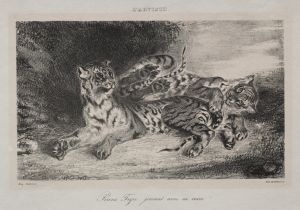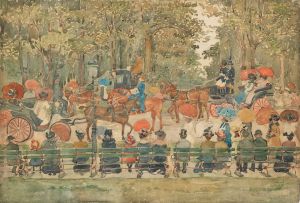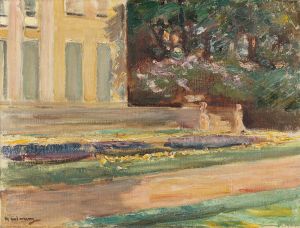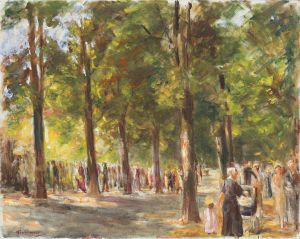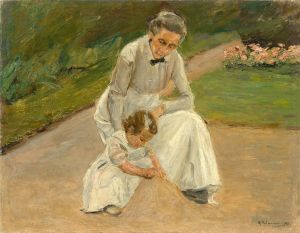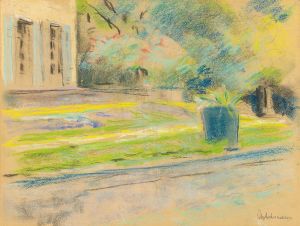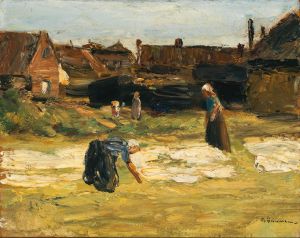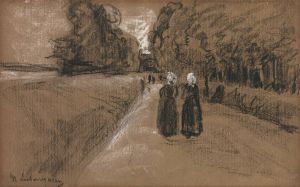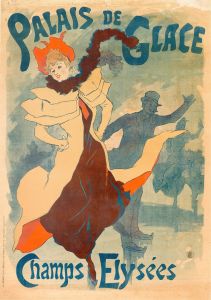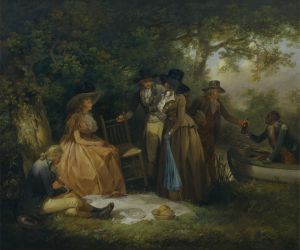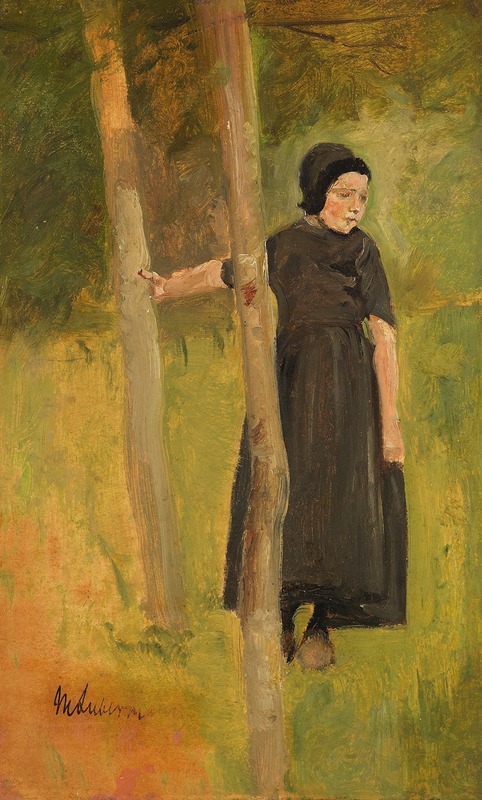
Kind unter Bäumen – Studie zu den ‘Spielenden Kindern’
A hand-painted replica of Max Liebermann’s masterpiece Kind unter Bäumen – Studie zu den ‘Spielenden Kindern’, meticulously crafted by professional artists to capture the true essence of the original. Each piece is created with museum-quality canvas and rare mineral pigments, carefully painted by experienced artists with delicate brushstrokes and rich, layered colors to perfectly recreate the texture of the original artwork. Unlike machine-printed reproductions, this hand-painted version brings the painting to life, infused with the artist’s emotions and skill in every stroke. Whether for personal collection or home decoration, it instantly elevates the artistic atmosphere of any space.
Max Liebermann's "Kind unter Bäumen – Studie zu den ‘Spielenden Kindern’" is a study for one of his well-known paintings, "Spielende Kinder" (Playing Children). Liebermann, a prominent German painter and printmaker, was a leading figure in the German Impressionist movement. Born in 1847 in Berlin, he became known for his depictions of leisure activities and scenes of everyday life, often capturing the essence of the bourgeois society of his time.
The study "Kind unter Bäumen" (Child Under Trees) is a preparatory work that showcases Liebermann's interest in capturing the spontaneity and innocence of children at play. This particular study is part of his broader exploration of children as a subject, which he frequently revisited throughout his career. The painting reflects Liebermann's fascination with light and shadow, a hallmark of Impressionism, and his ability to convey the vibrancy of outdoor scenes.
Liebermann's technique often involved creating studies and sketches before completing a final work. These studies allowed him to experiment with composition, light, and color, which are evident in "Kind unter Bäumen." The painting likely features a child engaged in play, surrounded by the natural setting of trees, which provides a serene backdrop. This setting is typical of Liebermann's works, where he often depicted children in gardens, parks, or by the seaside, emphasizing a harmonious relationship with nature.
The study is characterized by loose brushwork and a focus on capturing the fleeting effects of light, which are central to the Impressionist style. Liebermann's palette in such works typically includes soft, natural colors that enhance the sense of realism and immediacy. His ability to portray the subtleties of light filtering through leaves or reflecting off surfaces adds depth and dimension to his compositions.
"Kind unter Bäumen" serves as an example of Liebermann's skill in rendering human figures with a sense of movement and life. His portrayal of children is often imbued with a sense of joy and freedom, reflecting the innocence and simplicity of childhood. This thematic focus on children and leisure activities was partly influenced by the broader Impressionist movement, which sought to capture modern life and its ephemeral moments.
Max Liebermann's contributions to art extend beyond his paintings. He was an influential figure in the Berlin Secession, an art movement that sought to break away from traditional academic art and promote modernist approaches. His leadership in the art community helped shape the direction of German art in the late 19th and early 20th centuries.
In summary, "Kind unter Bäumen – Studie zu den ‘Spielenden Kindern’" is a testament to Max Liebermann's mastery of Impressionist techniques and his enduring interest in the themes of childhood and nature. Through this study, Liebermann captures the essence of a moment, inviting viewers to appreciate the beauty and simplicity of life as seen through the eyes of a child.






